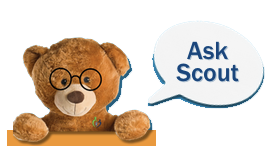ChildLife: Blog
Series: Suicide Prevention Month
Nov 7, 2023, 11:26 AM
by
Keri O’Keefe
In September, we bring awareness to suicide prevention - both in and out of the healthcare setting. Suicide is the second leading cause of death for people 10-24 years of age, and various forms of health inequity, discrimination, COVID-19 outcomes, and overall barriers to mental health have exacerbated mental health symptoms and other suicide risk factors (American Academy of Pediatrics, 2022).
ACLP Professional Resource Committee Member Jacquie Rahm, CCLS, CTRS-C, YMHFA has authored four child-life specific blog posts to assist child life professionals and caregivers in preventing and discussing suicidality with children and adolescents.
The following resources can also aide you in risk assessment, preventative intervention, and areas of cultural competency when supporting families affected by suicidality:
ACLP Professional Resource Committee Member Jacquie Rahm, CCLS, CTRS-C, YMHFA has authored four child-life specific blog posts to assist child life professionals and caregivers in preventing and discussing suicidality with children and adolescents.
Suicide Affects Everyone – Let’s Talk About It! (With Children and Adolescents)
"Talking about sensitive topics and being vulnerable is difficult for all involved, especially when the child is embarrassed, worried about getting in trouble, or doesn’t have the words or knowledge to express and/or understand what they are experiencing. Open and honest conversations about difficult topics, ideally before personal experience by the child, shows it is safe to talk and ask questions."Discussing Suicidality with Children: A Glossary for Child Life Professionals
This list of terms and developmentally-appropriate examples can support child life professionals and caregivers defining and describing suicidality and associated terms to children.Culture Considerations for Suicidality in the United States
"Cultural values significantly influence how individuals perceive and respond to certain characteristics. This contributes to variations in behavioral health presentation and treatment needs based on culture, and may cause what is considered a protective factor for some to be a risk factor and/or trigger for others."Suicide Prevention Month – Child Life Professionals’ Role in Reducing Stigma
"One of the simplest way to address stigma is to model sensitive and inclusive language for others... Modeling inclusive language may not be enough at times. The 5Ds of Bystander Intervention (Right to Be) was developed as a way to equip individuals with skills to help them actively intervene when witnessing biased acts or comments."The following resources can also aide you in risk assessment, preventative intervention, and areas of cultural competency when supporting families affected by suicidality:
- Children's Hospital Orange County: Suicide and LGBTQIA+ Guide
- 2019 ACLP Webinar: Suicide: Meeting the Unique Needs of Families in the Aftermath
- 2019 ACLP Webinar: Pediatric Post Suicide Attempts: A Multidisciplinary Approach to Holistic Care
- AAP Guide: Suicide Prevention for Youth in the Clinical Setting
- AAP Guide: Suicide Prevention for Youth in the School and Community Setting
- U.S. Suicide & Crisis Hotline: 988

